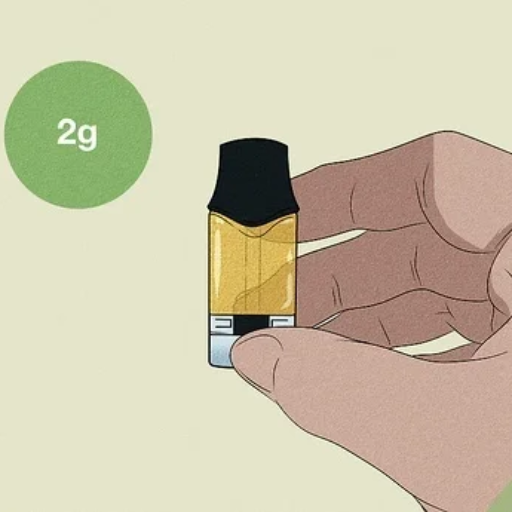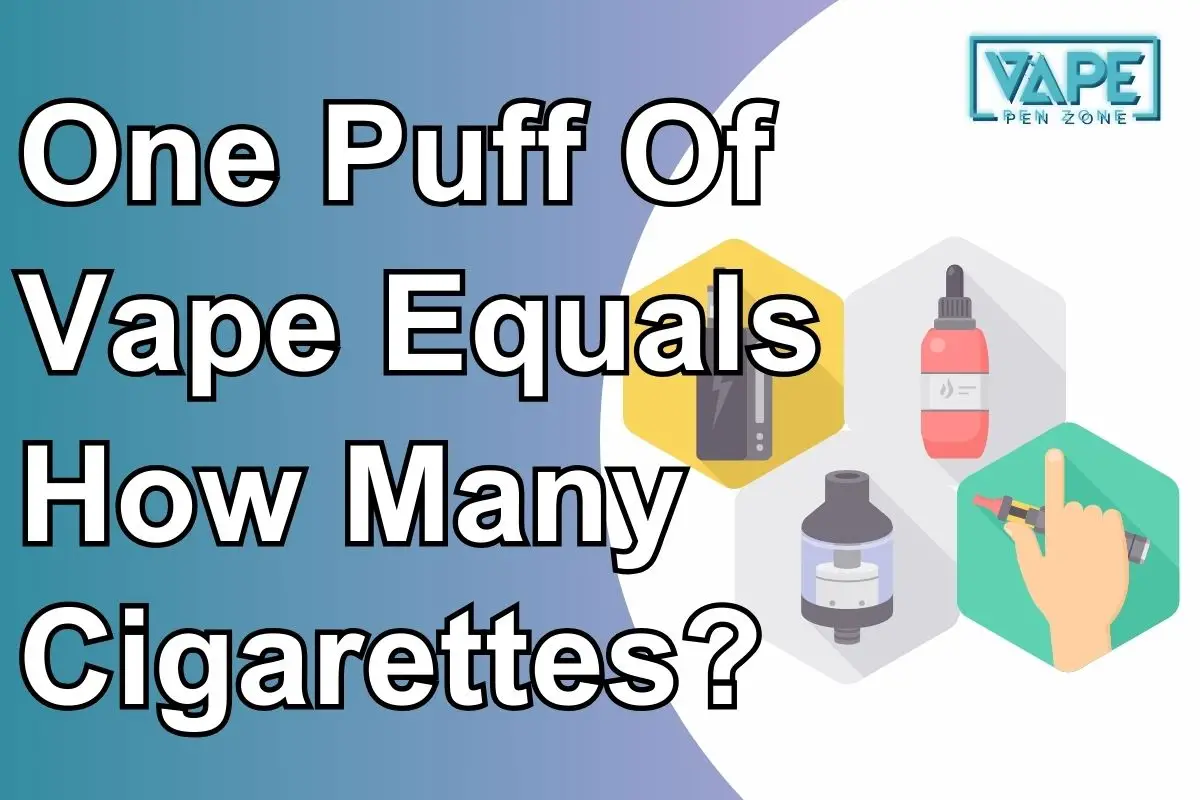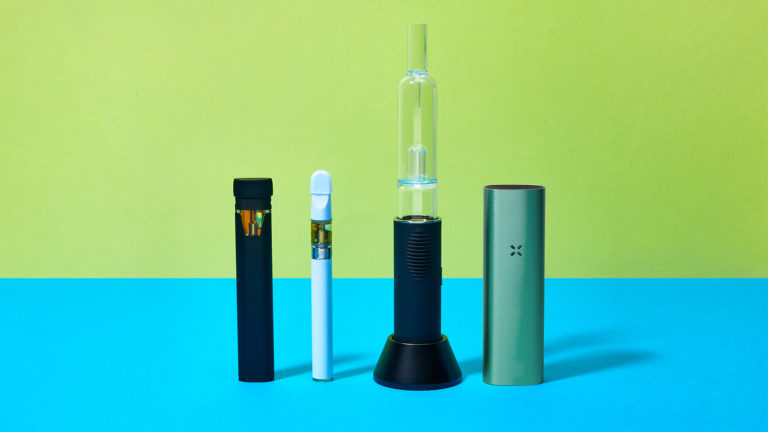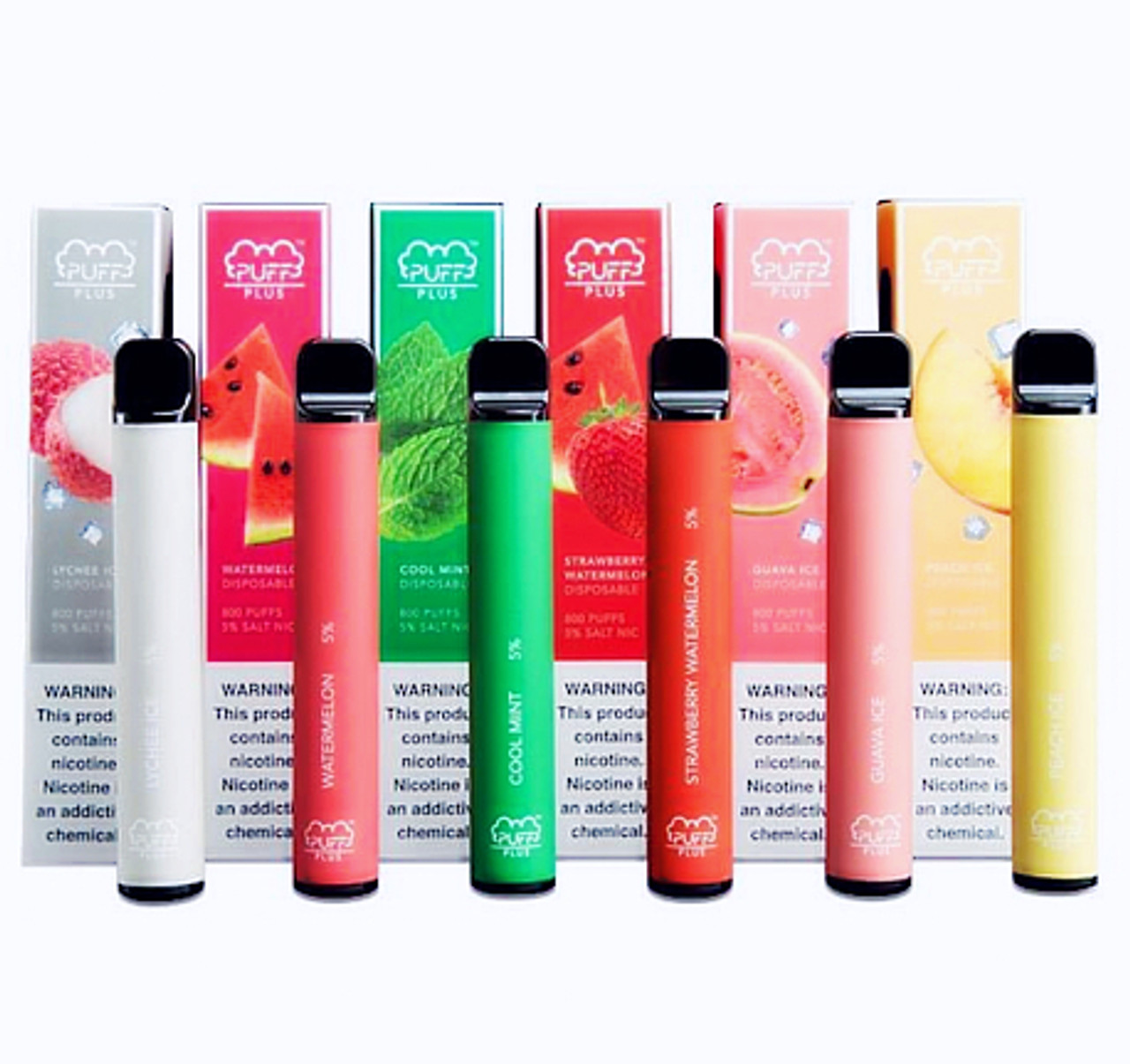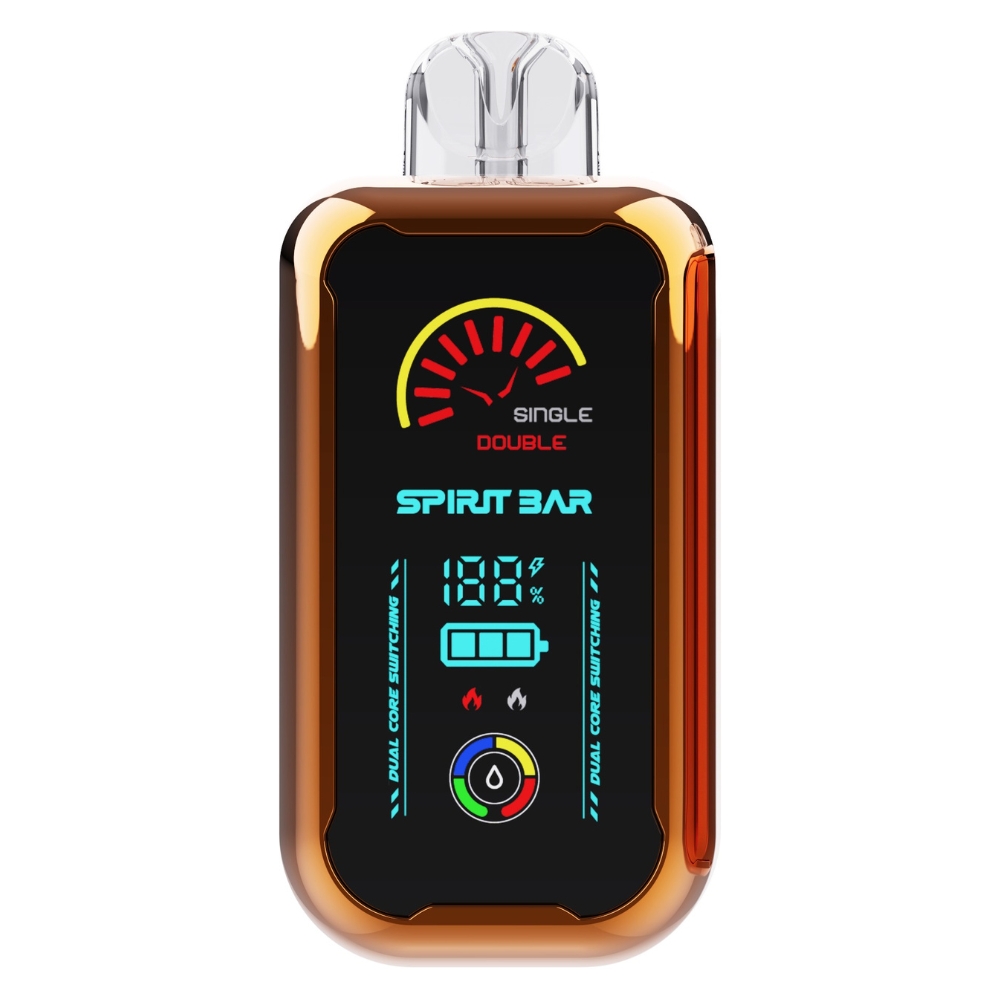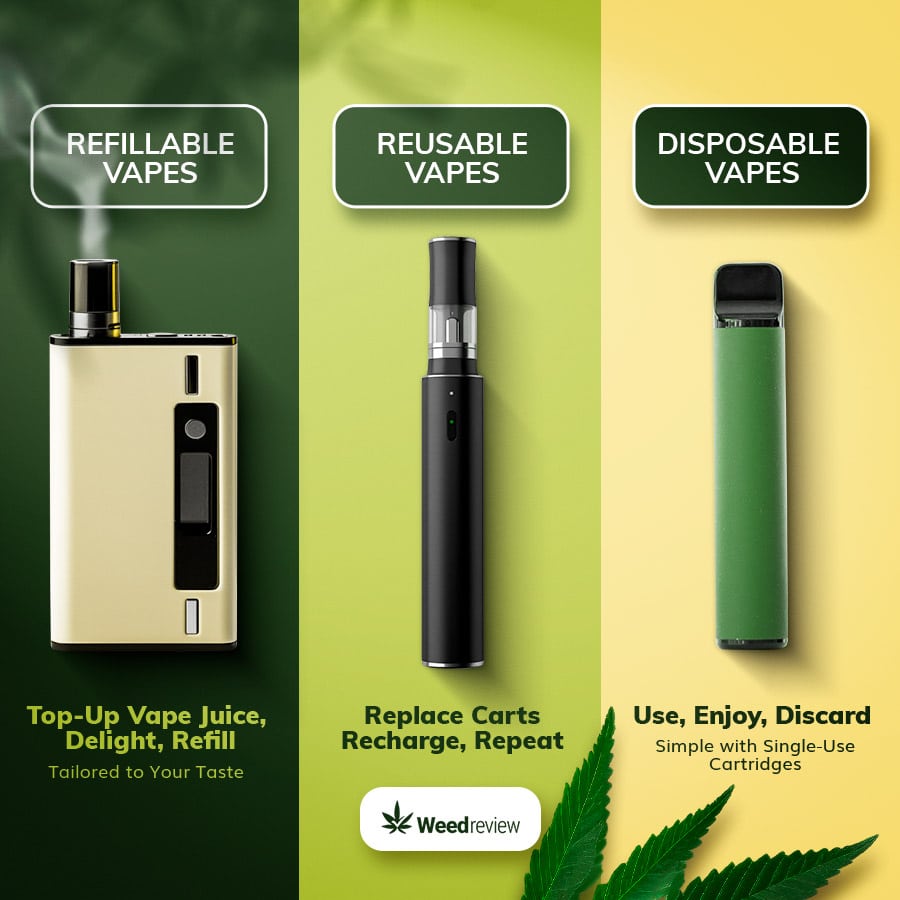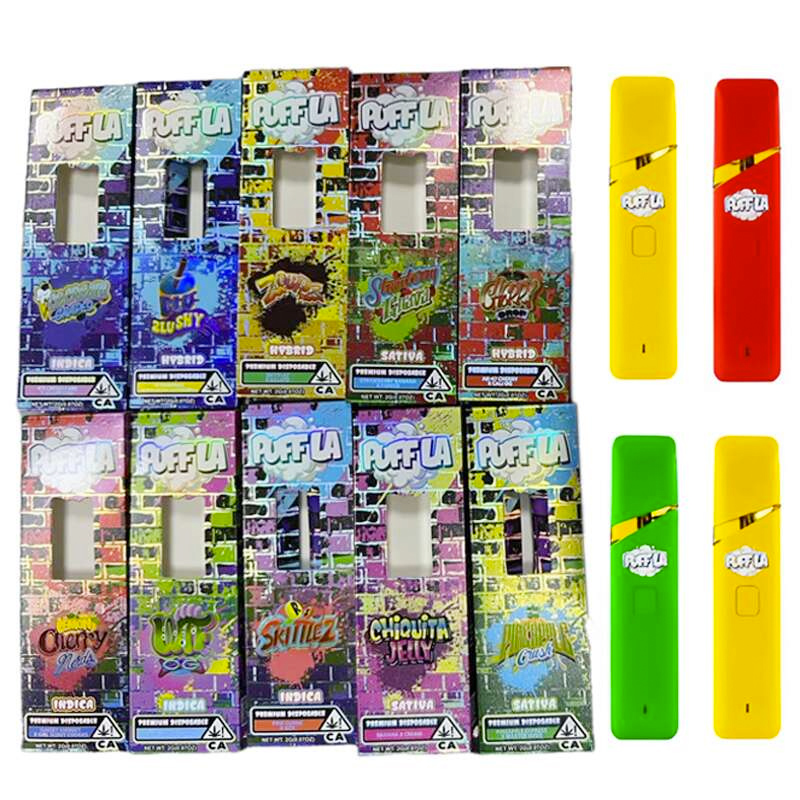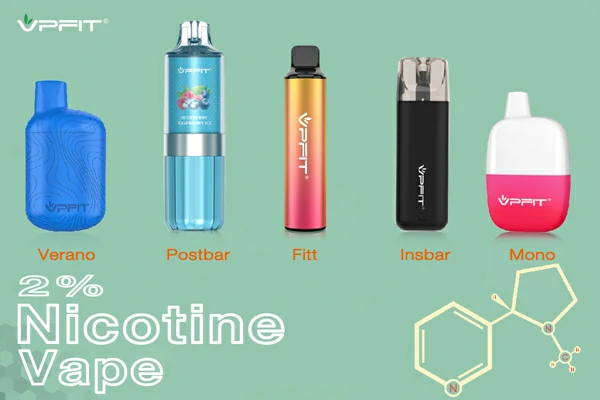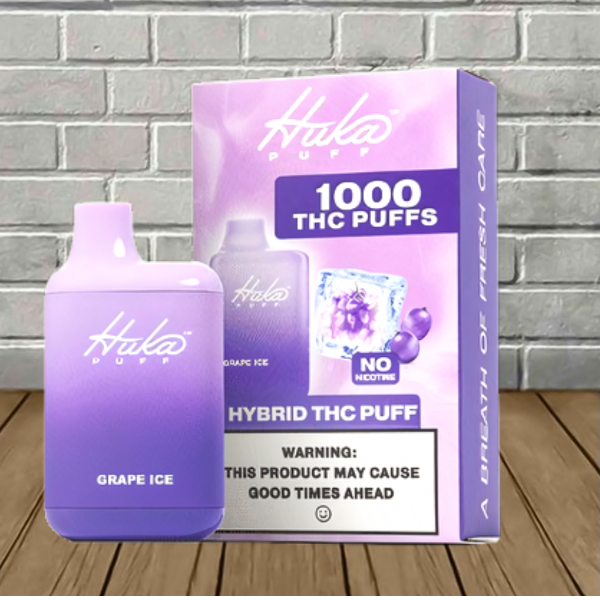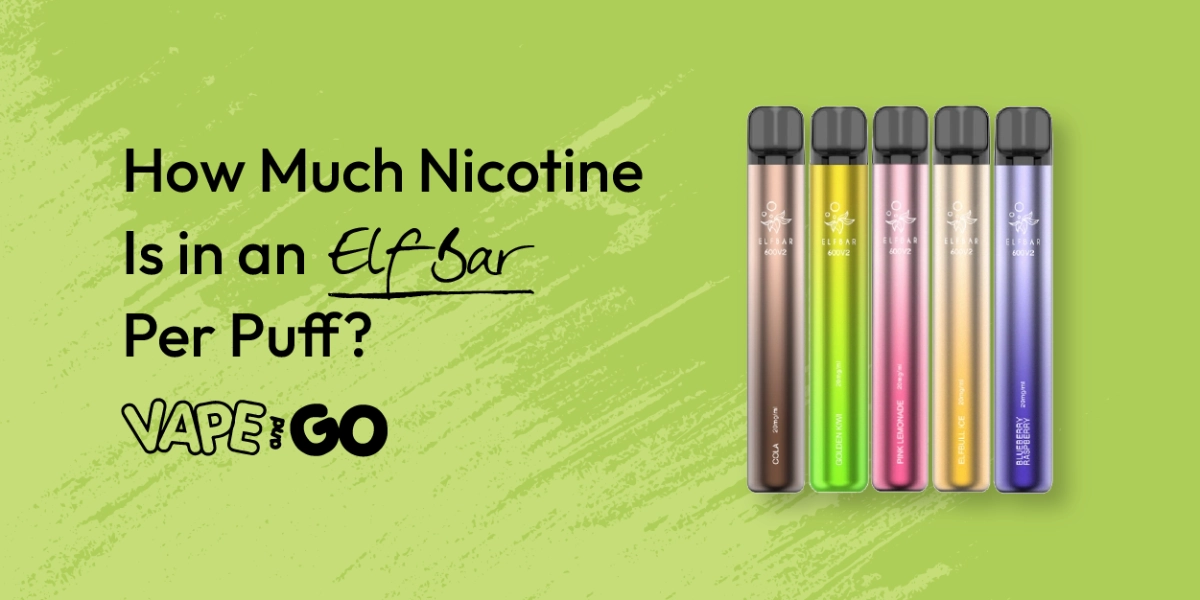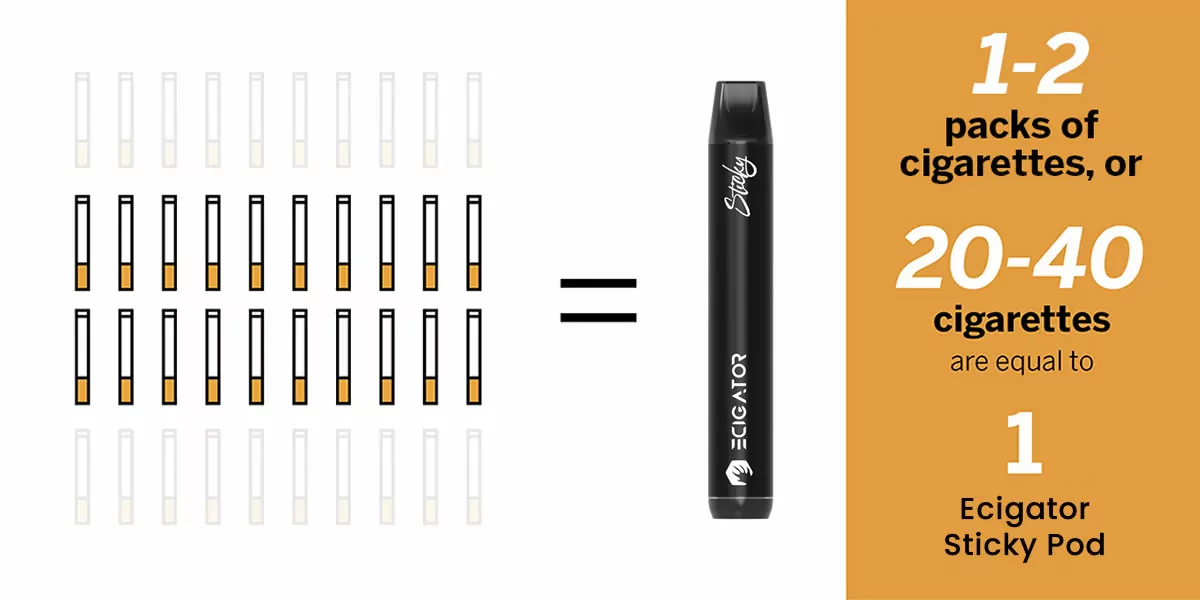How Many Mg Of Thc In A Vape Puff
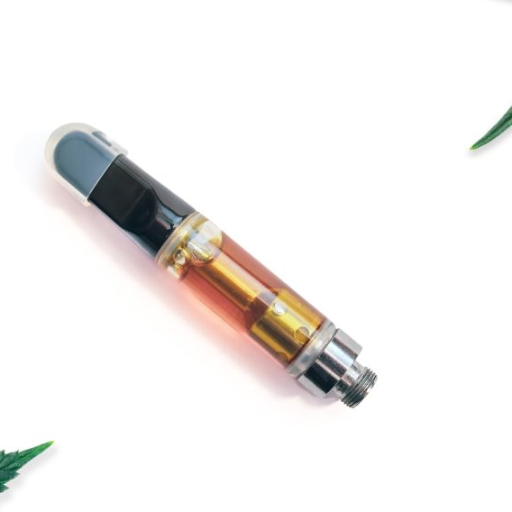
The sleek vaporizers have become ubiquitous, lining shelves and slipping into pockets across the nation. But behind the flavored clouds lies a growing concern: How much THC are users actually inhaling with each puff? The answer, it turns out, is far from simple and carries significant implications for public health, regulation, and individual consumption habits.
At the heart of the matter is the elusive and variable amount of THC, the psychoactive compound in cannabis, delivered per inhalation from a vape pen. This is not a static number. It fluctuates widely based on device type, oil concentration, puff duration, and individual vaping habits. This article delves into the complexities of quantifying THC intake from vapes, examining available data, expert opinions, and the pressing need for standardization in a rapidly evolving market.
The Elusive Milligram: Factors Influencing THC Dosage
Several factors contribute to the difficulty in pinpointing the exact milligrams of THC inhaled per vape puff. The concentration of THC in the vape oil itself is a primary determinant. Products can range from relatively low THC content to extremely potent concentrates boasting upwards of 90% THC.
Device variability further complicates matters. Different vape pen models employ diverse heating mechanisms and airflow designs, impacting the efficiency of THC vaporization and delivery. Some devices may produce denser, more potent vapor clouds than others, even when using the same oil.
Individual vaping behavior is perhaps the most challenging variable to control. Puff duration, inhalation depth, and the time between puffs all significantly influence the amount of THC absorbed by the user. A long, deep draw will naturally deliver a higher dose than a short, shallow one.
What the Research Says
While precise figures are elusive, some research offers valuable insights. Studies have attempted to estimate THC dosage per puff by analyzing vapor composition and user behavior.
One study, published in the Journal of Analytical Toxicology, analyzed vapor from various cannabis oil cartridges and found that a typical 3-second puff from a common vape pen could deliver anywhere from 1 to 10 milligrams of THC. However, the researchers emphasized the wide range of variability and the limitations of their methods.
Another study, conducted by researchers at the University of California, San Francisco, explored the relationship between vape pen power settings and THC delivery. The study found that higher power settings resulted in significantly higher THC concentrations in the vapor, suggesting that users can inadvertently increase their dosage by adjusting their device settings.
"It's very difficult to give a definitive number for THC per puff because there are so many variables at play," explains Dr. Jane Doe, a cannabis researcher at the National Institute on Drug Abuse (NIDA). "The best we can do is provide estimates based on available data, but users need to be aware of the inherent uncertainty."
The Regulatory Landscape and Consumer Awareness
The inconsistent labeling and lack of standardization in the vape industry exacerbate the difficulty in determining THC dosage. While many products list the total THC content of the cartridge, they rarely provide information on the amount delivered per puff.
This lack of transparency leaves consumers in the dark, making it difficult for them to make informed decisions about their consumption. Individuals, especially those new to vaping, may unknowingly consume high doses of THC, leading to adverse effects such as anxiety, paranoia, and impaired cognitive function.
Some states are beginning to address this issue by implementing stricter labeling requirements and regulations on vape product testing. However, a national standard is needed to ensure consistent and accurate information for consumers across the country. This includes requiring manufacturers to provide clear and prominent labeling on THC content per puff, along with warnings about the potential risks of overconsumption.
The Role of Education
Beyond regulation, education plays a crucial role in promoting responsible vaping practices. Consumers need to be informed about the factors influencing THC dosage and the potential risks associated with high-potency products.
Healthcare professionals can also play a vital role by educating patients about the safe and responsible use of cannabis products. This includes providing guidance on dosage, consumption methods, and potential interactions with other medications.
Organizations like the Centers for Disease Control and Prevention (CDC) and the National Institute on Drug Abuse (NIDA) are actively involved in research and public awareness campaigns aimed at educating the public about the risks associated with vaping, including the potential for THC overconsumption.
Looking Ahead: Towards Standardization and Safer Consumption
The future of vape regulation hinges on the development of standardized testing methods and clear labeling requirements. Establishing a consistent methodology for measuring THC delivery per puff is essential for providing consumers with accurate information and promoting responsible consumption.
Technological advancements may also play a role in improving THC dosage control. Some companies are developing vape devices with built-in dosage control mechanisms that allow users to precisely regulate the amount of THC they inhale with each puff.
Ultimately, the responsible use of vape products requires a collaborative effort from manufacturers, regulators, healthcare professionals, and consumers. By prioritizing transparency, education, and standardization, we can create a safer and more informed cannabis market for everyone.
